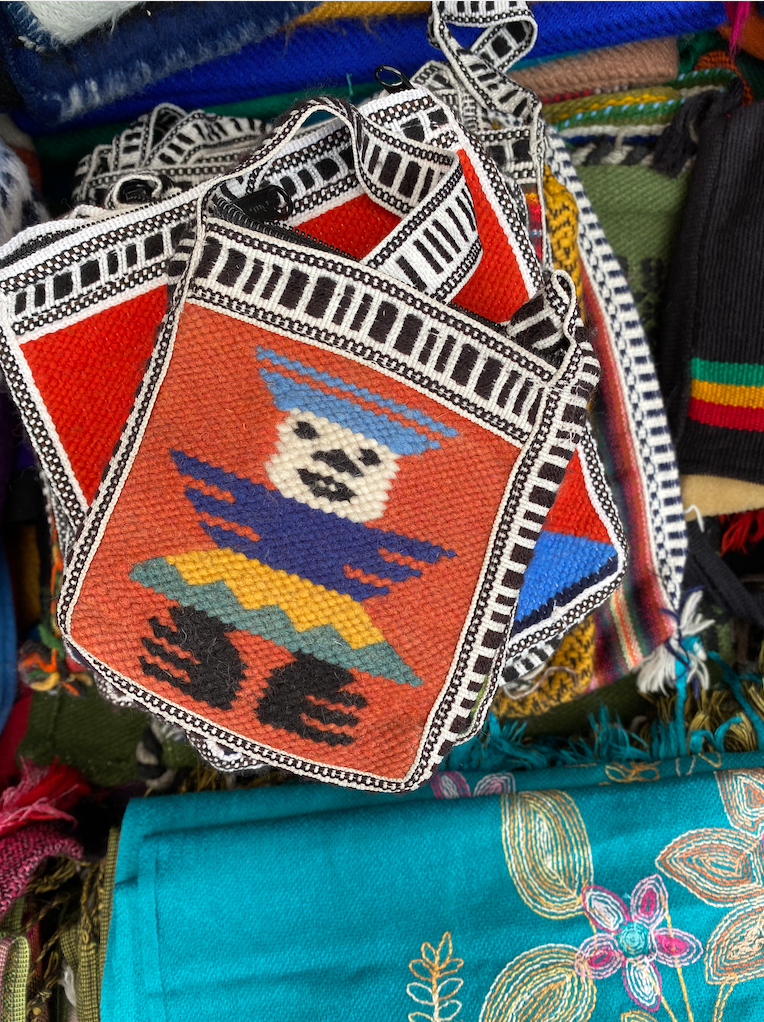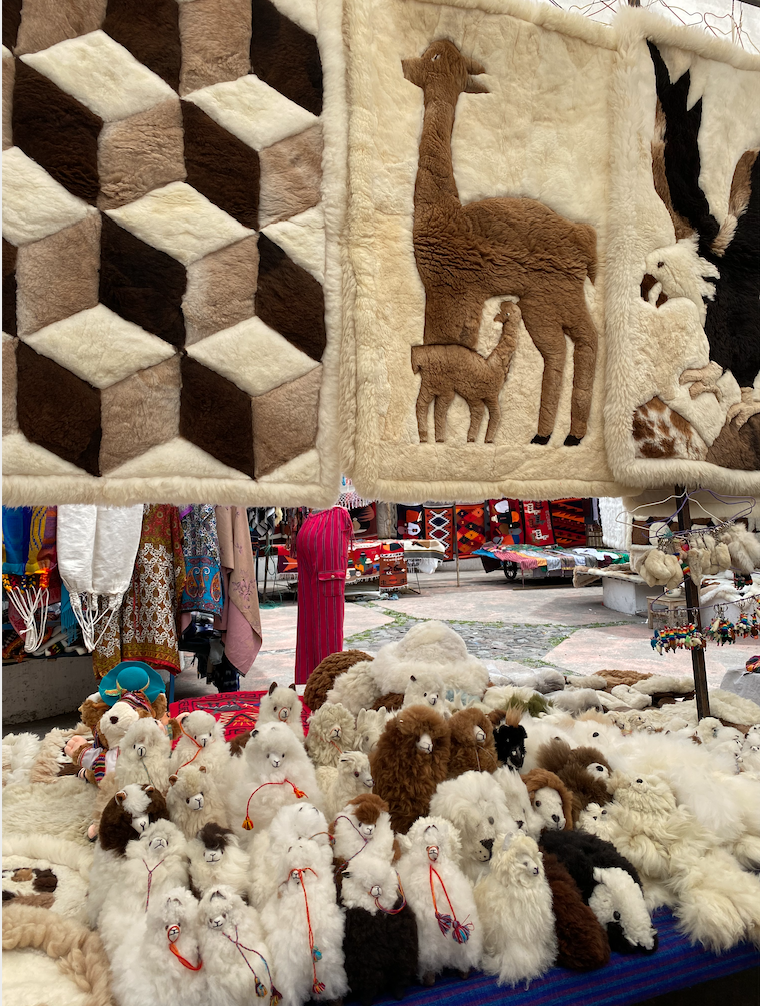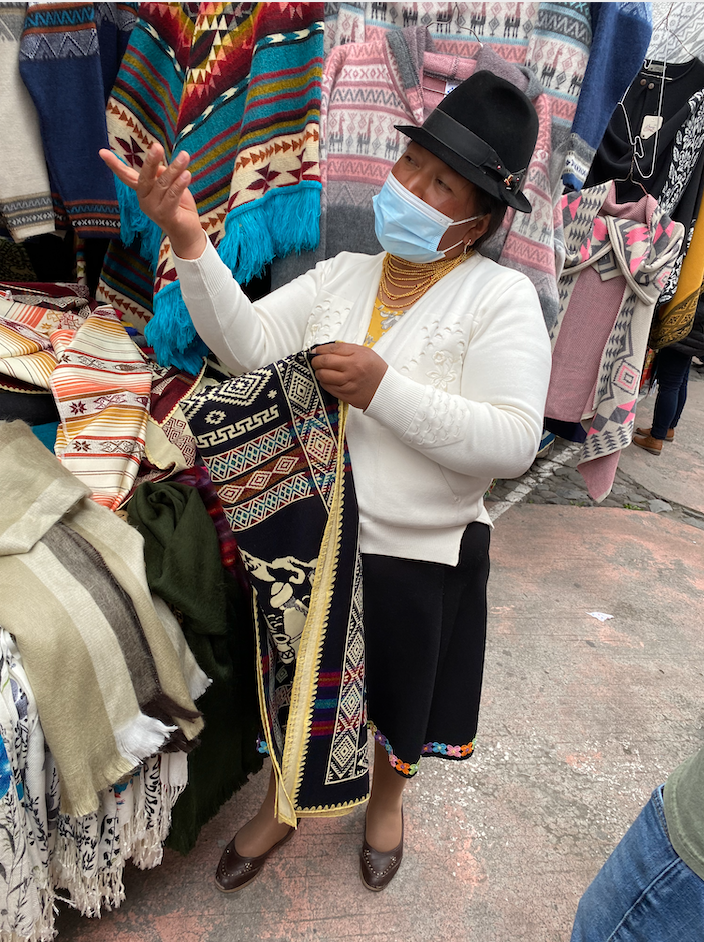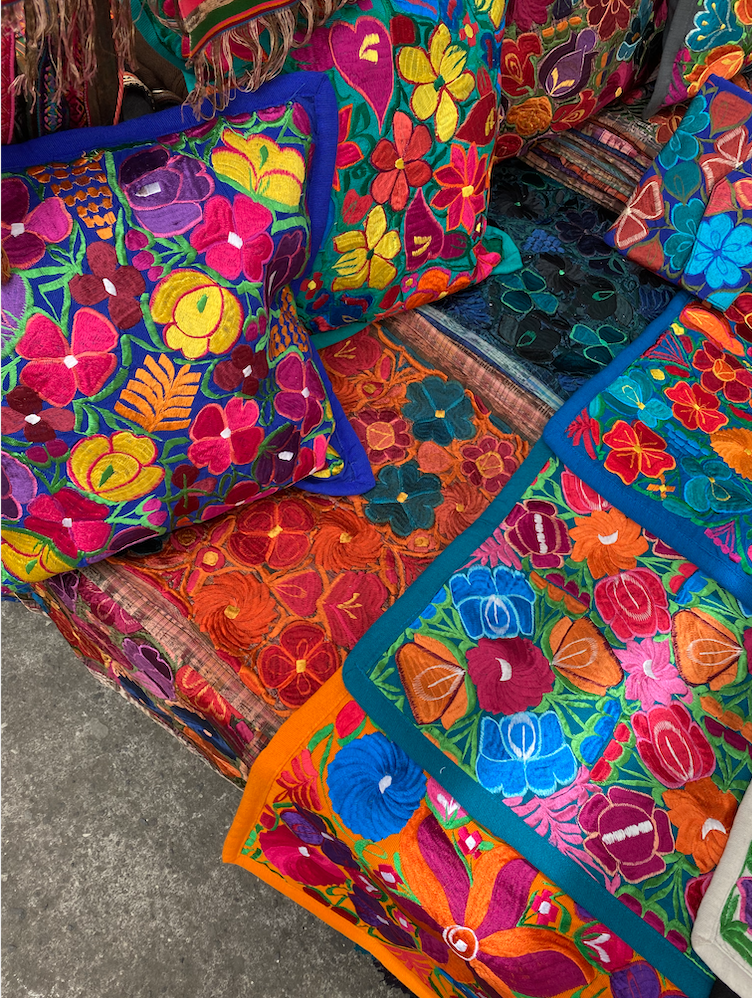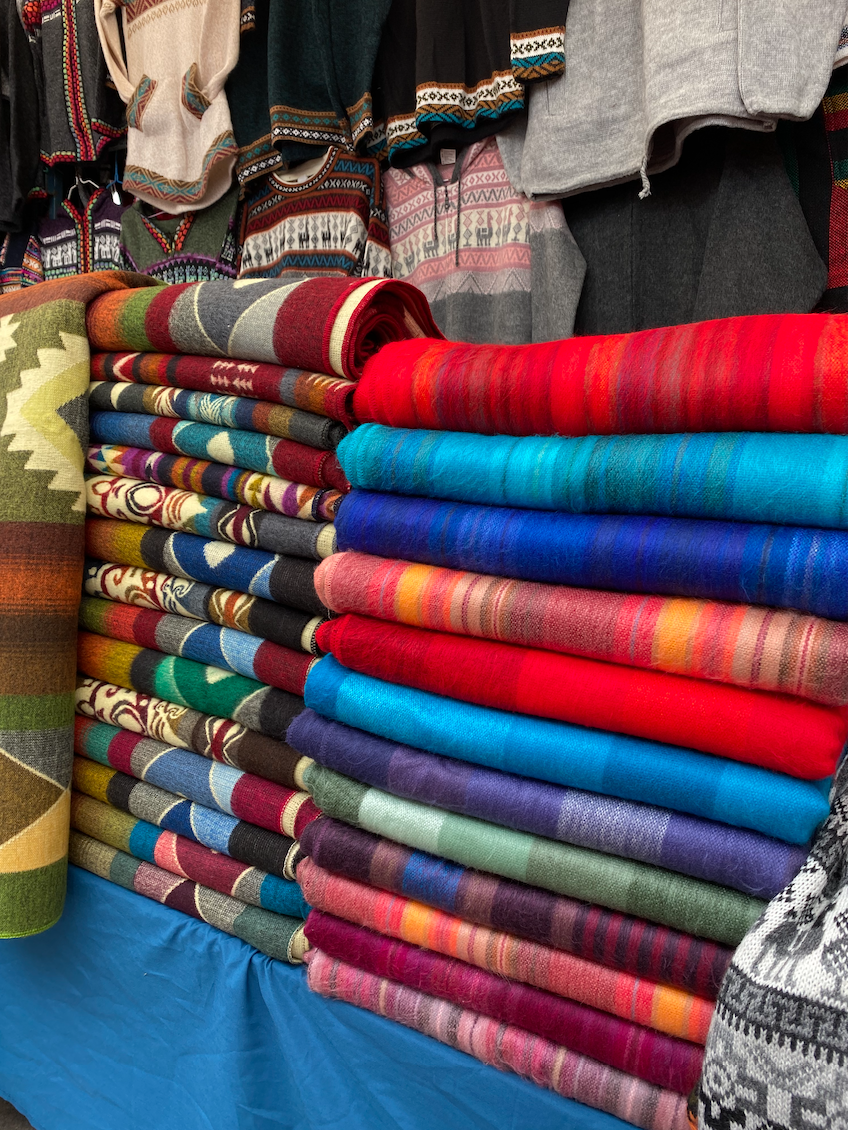Fascinating Quito: 4 things you can’t afford to miss
Each country in Latin America is extremely different, and this is why before moving to Ecuador this past august, I made up my mind to have no expectations. It’s safe to say, that taking this approach was the best decision, as I was able to embrace whatever came my way.
For some context, I have traveled to or lived in at least 6 Latin American countries, and that could be an easy way to start comparing or thinking of how Ecuador would be. I blindly moved to the South American country, and for those who know me, are aware that im not easily impressed. Nevertheless, Quito, the country’s capital, has left me truly breathless.
First thing that wowed me were the Andes Mountains. I knew the mountain range existed and I’ve seen mountains before, but HOLY! These are immense and they are straight up in your face. In the mornings, I’ve gotten into the habit of walking up to the park and on a clear sky morning, you get to see the mountain peeks covered with snow and it’s simply beautiful!
DISCLAIMER! The fact that I was able to walk up and down the hills of the park, took me about three weeks of ‘training’. Quito is the second-highest capital city in the world, with an altitude of 2850 meters above sea level, so even if you are in great shape, it may take you a couple of weeks to adjust. But yes, they have big recreational parks around the city, and my favourite has been the Metropolitano Park, which is essentially a eucalyptus forest (and they have llamas walking around) #obsessed
Along with the Andean views, the picturesque artistry in confession and textiles has made me fall in love with latin fashion all over again. From the vibrant colours, to the soft cotton and alpaca hair, up to the embroidery know-how of local artisans has made me value even more the importance of ancestry, culture and acknowledging how priceless one of a kind pieces are.
I visited Otavalo, a small city near Quito, which is surrounded by volcanoes and is mostly known for their textile industry. I got to meet and speak with some of the artisans themselves, they all did similar patterns in the garments to preserve their unique style, and they were all happy and proud to demonstrate their weaving techniques.
Let’s move on to a MAJOR wow factor, the gastronomical experience has been phenomenal. You often hear abroad of the high-end cuisine of Peru, Mexico, France, Italy… and so on. I had never heard of Ecuadorian food as something you needed to try, or that there were high end restaurants around the world, but let me tell you, you are in for a surprise!
The food has a big fusion quality of Andean grains and potatoes, different types of plantains, ceviches, local peanut sauce and creams with citrus undertones, and lots of local drinks: gin, wine and beer.
There is a gastronomically rich area called Manabi, this province holds some of the most desired kitchen techniques in the country, originating from local tribes, and with which many chefs have created fusion-like styles of cuisine.
Seeing how locals appreciate their food and ingredients is so inspiring to see; and even more so, the fact that locals know how special their flavours are and they don’t need to look abroad to be amazing.
Hands down, wherever you walk in the city you will find more local food restaurants (mid to high end ones) than international cuisine kitchens… and I love that! For example, Iche, is a restaurant in Manabi, that serves as a culinary school and their mission is to make local flavours known all around the world. See more photos and details here. In Quito I would also recommend Marcando el Camino and De La Llama.
Last but not least, there is the colonial architecture of Quito’s City center, which was the first city ever to be declared a UNESCO World Heritage Site in 1978. The city’s colonial treasures are undeniable and the most majestic sites are the churches. From baroque churches covered in 23k gold, like La Compañia, up to gothic design of the Basilica or the Mudejar details of the church of San Francisco (where Jasmine Tookes & Juan David Borrero’s wedding was held).
Other than these unique churches, and the history their walls hold, the open plazas with municipal palaces and indoor garden museums make you want to walk around the rocky streets all day. Thankfully I have time to wonder around these streets countless of times during the next few months, and fill you in on the new and exciting things I find!


